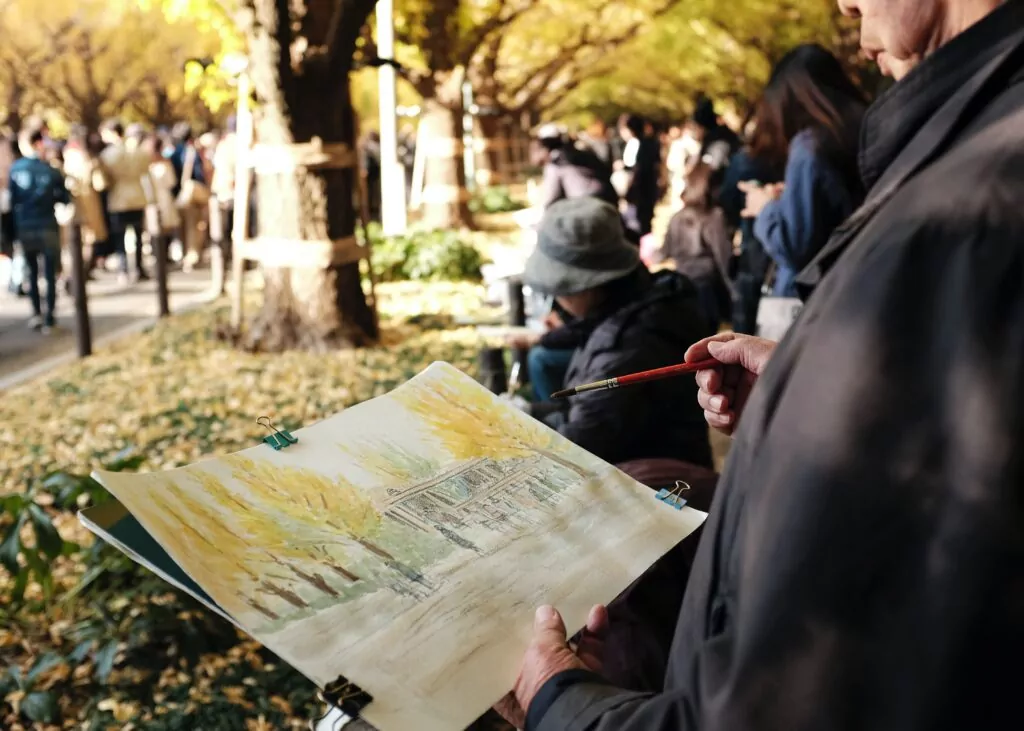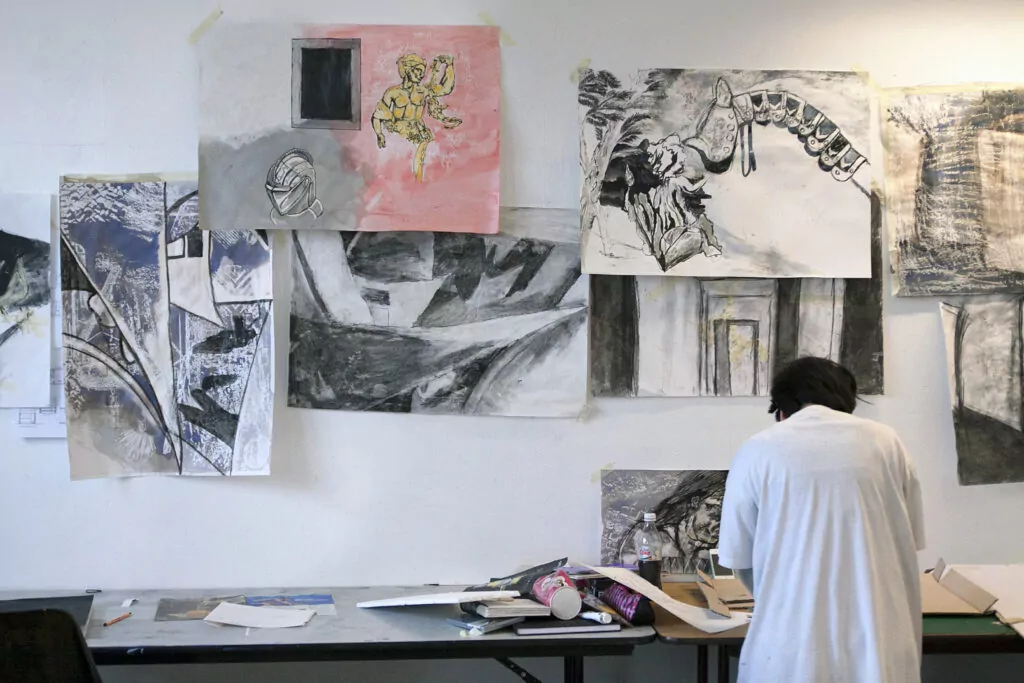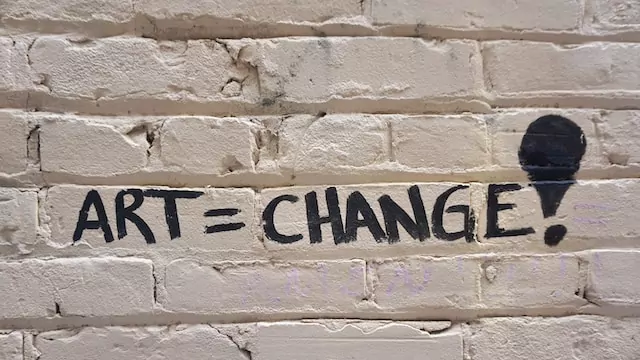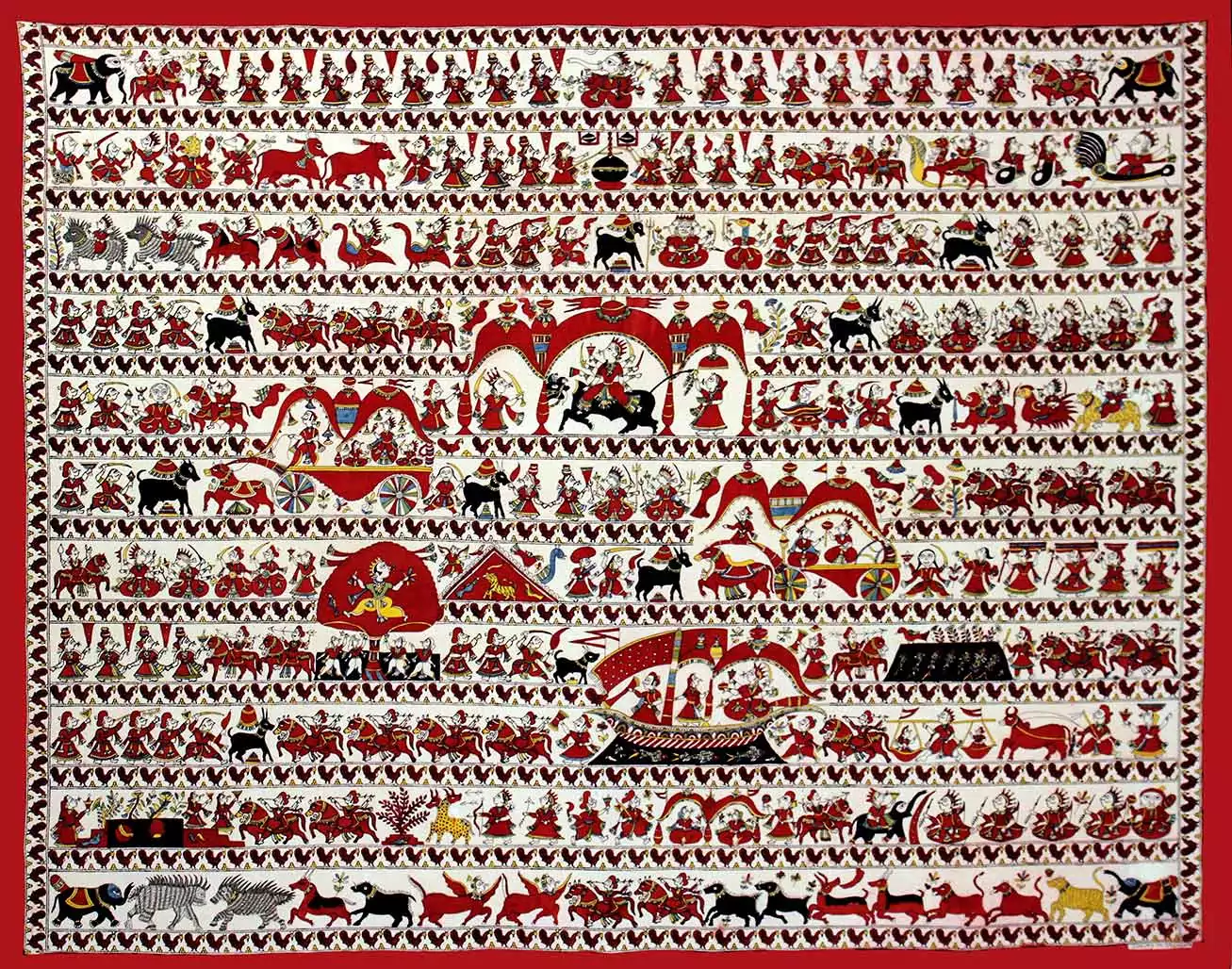Imagine having a conversation with your audience without uttering a word. This is the power of an artist statement – a vital tool that allows you to express the motivations, inspirations, and philosophy underlying your work. It’s a written testament to your artistic journey and acts as a bridge between the creator and the observer.
However, writing an artist statement encapsulating your creative spirit can be challenging, particularly for young artists. This is where Rooftop steps in as your compass, guiding you through the meandering lanes of artful self-expression.
We present to you this comprehensive guide teeming with detailed tips, masterful techniques, and inspiring examples to help you craft an artist’s statement that resonates with your true artistic identity.
Stay with us as we untangle the complexities of writing an artist’s statement, one thread at a time. Get ready to embark on this enlightening journey and let your artistic voice echo in the silence, loud and clear.
Section 1: Understanding the Artist Statement

An artist statement is your chance to communicate directly with your audience, curators, critics, or potential buyers, providing context for your work.
Does the vibrant chaos of street art drive you, or do you find your muse in the quiet intricacies of traditional Indian art? Whatever your inspiration, your artist statement should make that clear.
It details your artistic vision, process, influences, and the themes you explore. Whether it’s the complexities of human emotion, the nuances of cultural identity, or the quiet beauty of nature, these themes give your work depth and purpose. They serve as a thread that binds your individual pieces into a coherent body of work.
The artist’s statement is the verbal counterpart of your visual work, explaining what might not be readily apparent and fostering a deeper connection between your art and the viewer.
Section 2: Getting Started – Brainstorming and Initial Draft
Before plunging into writing an artist statement, spend some time introspecting. What drives you as an artist? What themes or techniques are central to your work?
Jot these ideas down, and don’t fret about coherence at this stage. This process is akin to sketching before painting, laying down a foundation on which your statement will be built.
Section 3: The Narrative Arc – Keeping It Clear and Concise
Remember, the best artist statements are brief, clear, and focused. They maintain a coherent narrative, connecting your motivation, process, and final work. Strive for simplicity and clarity over jargon and complexity.
When pondering how to write an artist statement for a gallery, it’s crucial to structure it effectively. A well-structured artist statement can greatly enhance its readability. Your statement should be understandable to anyone, not just fellow artists or critics.
It typically includes three parts:
Introduction: Start with a captivating sentence that reflects your work or artistic mission. This could be a profound observation, a personal anecdote, or a question.
Body: Discuss your artistic process, inspirations, themes, and the significance of your chosen medium. Do you employ traditional Indian techniques, such as miniature painting or Madhubani? If so, how do these elements influence your work?
Conclusion: Wrap up with a reflection on your artistic journey, aspirations, and the impact you wish your work to have.
Section 4: Essential Tips for Writing an Artist Statement
Here are some key tips for writing an artist statement:
- Keep it concise: Aim for about 200-500 words. A short, powerful statement can be more effective than an overlong one.
- Use clear, straightforward language: Avoid excessive jargon or overly complicated phrases.
- Be personal: Your statement should reflect your unique perspective and experiences.
- Make it accessible: Remember, your audience might not be familiar with art terminology.
- Edit and revise: Like any piece of writing, your artist’s statement will benefit from careful editing and revision.
Section 5: Speaking Through Your Work – Themes and Techniques
Discuss the recurring themes or motifs in your work and the techniques you employ. Explain why they’re essential to your artistic exploration. If you use a particular technique, briefly describe why it enhances your work’s meaning or aesthetic.

Section 6: Examples of Artist Statements
Let’s consider some hypothetical examples of artist statements:
Example for a painter specialising in Indian traditional art:
“My work explores the intricate beauty and rich narratives of Indian traditional art, specifically the vibrant art form of Madhubani from Bihar. Each stroke is a homage to my cultural heritage, an endeavour to bring these ancient techniques into modern conversations.”
Example for a sculptor exploring contemporary issues:
“Inspired by the dichotomies of the modern world, my sculptures echo the tensions between tradition and progress. Using terracotta, a material deeply rooted in Indian art history, I shape stories of today’s society, hoping to provoke thought and dialogue.”
Section 7: Revising and Updating Your Artist Statement
An artist statement is not a ‘write once, use forever’ document. It needs to evolve, just like your art does. Here are some tips for revising and updating your statement:
Regular Updates: Make it a practice to revisit your artist statement at least once a year or whenever you undertake a new project or body of work.
Seek Feedback: Get inputs from mentors, peers, or even fans of your work. They might offer insights that you hadn’t considered.
Adapt to Your Audience: If you’re showing your work in different contexts, like a solo exhibition, a community event, or an online gallery, you might want to tweak your statement to suit each specific audience.
Section 8: Common Mistakes to Avoid When Writing an Artist Statement
It’s natural to stumble a little when writing an artist statement, especially if you’re doing it for the first time. However, awareness of some common pitfalls can make the process smoother. Here are a few to steer clear of:
Overuse of Jargon: While some technical terms may be necessary, using too much jargon can make your statement inaccessible to those unfamiliar with the nuances of your art form.
Being Overly Abstract: Although art is open to interpretation, your statement should offer a clear path to understanding your work. Avoid being too vague or abstract.
Neglecting Your Art’s Connection to Your Audience: While your statement is about you and your work, it’s crucial to keep your audience in mind. You’re not just communicating your process and intention; you’re also building a bridge between your art and its viewers.
Conclusion
Creating an artist statement is an exercise in self-reflection and communication. It not only provides valuable insights about your work to your audience but also deepens your understanding of your own artistic journey and aspirations.
As an artist, this narrative will evolve as you grow, just like your art. Use it to echo your voice beyond the visual and into the hearts and minds of your audience. Remember, there are no hard and fast rules; authenticity and sincerity are your guiding stars in this process.
The power of art lies in its ability to communicate, to touch hearts, and to open minds. An effective artist statement amplifies this power, serving as a bridge between you, the creator, and them, the viewer. So embrace this opportunity to express your artistic identity in words.
As Pablo Picasso once said, “Art is the lie that enables us to realise the truth.” In writing your artist statement, you help your audience to realise your truth.
Happy writing!
Read more:
Discovering Your Artistic Voice: A Traditional Twist in An Age-Old Tale
From Sketches to Showcase: A Guide to Building a Standout Portfolio for Art Students
Download the Rooftop App from GooglePlay or AppStore and enroll in our maestro courses!
Discover us on Instagram @rooftop_app for all things on traditional Indian art.




